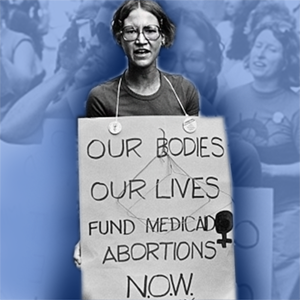 Although there has been increasing attention paid to bans on public and private insurance coverage for abortion, policies like the Hyde Amendment are only part of the reason accepting insurance for abortion care is complicated. In this study, we examined how abortion facilities themselves navigate accepting insurance and found that insurer practices, such as high deductibles in private insurance plans that exceed the cost of abortion and the low reimbursement rate of Medicaid also influence whether abortion-providing facilities can accept insurance and still keep their doors open.
Although there has been increasing attention paid to bans on public and private insurance coverage for abortion, policies like the Hyde Amendment are only part of the reason accepting insurance for abortion care is complicated. In this study, we examined how abortion facilities themselves navigate accepting insurance and found that insurer practices, such as high deductibles in private insurance plans that exceed the cost of abortion and the low reimbursement rate of Medicaid also influence whether abortion-providing facilities can accept insurance and still keep their doors open.
We interviewed 22 facility administrators representing 64 clinical sites in 21 states, whose laws varied in whether they banned insurance coverage of abortion, about their facilities’ insurance practices. We found that bans on insurance for abortion mattered, but also that facilities developed their practices in response to low public insurance reimbursement rates and the possibility of non-payment when costs fell within patients’ deductibles or a plan’s coverage was unclear.
Low Medicaid reimbursement rates and the non-payment for care have a more significant impact on healthcare providers who serve a disproportionately low-income patient population—which is the case for abortion providers.
This research illustrates the importance of looking not only at policy but also at institutions, the structure of abortion care, and what it means that abortion patients are disproportionately struggling financially in efforts to ensure access to safe and legal abortion.
The results of this study, titled, “Taking Insurance in Abortion Care: Policy, Practices, and the Role of Poverty,” are available in Research in the Sociology of Health Care.
